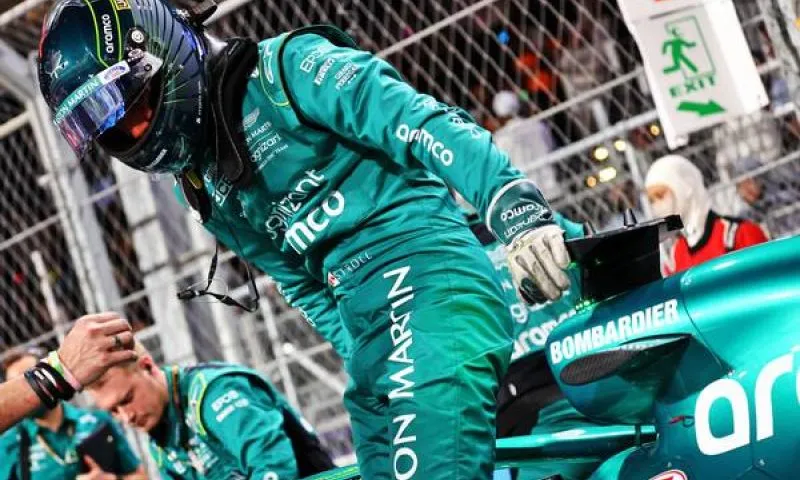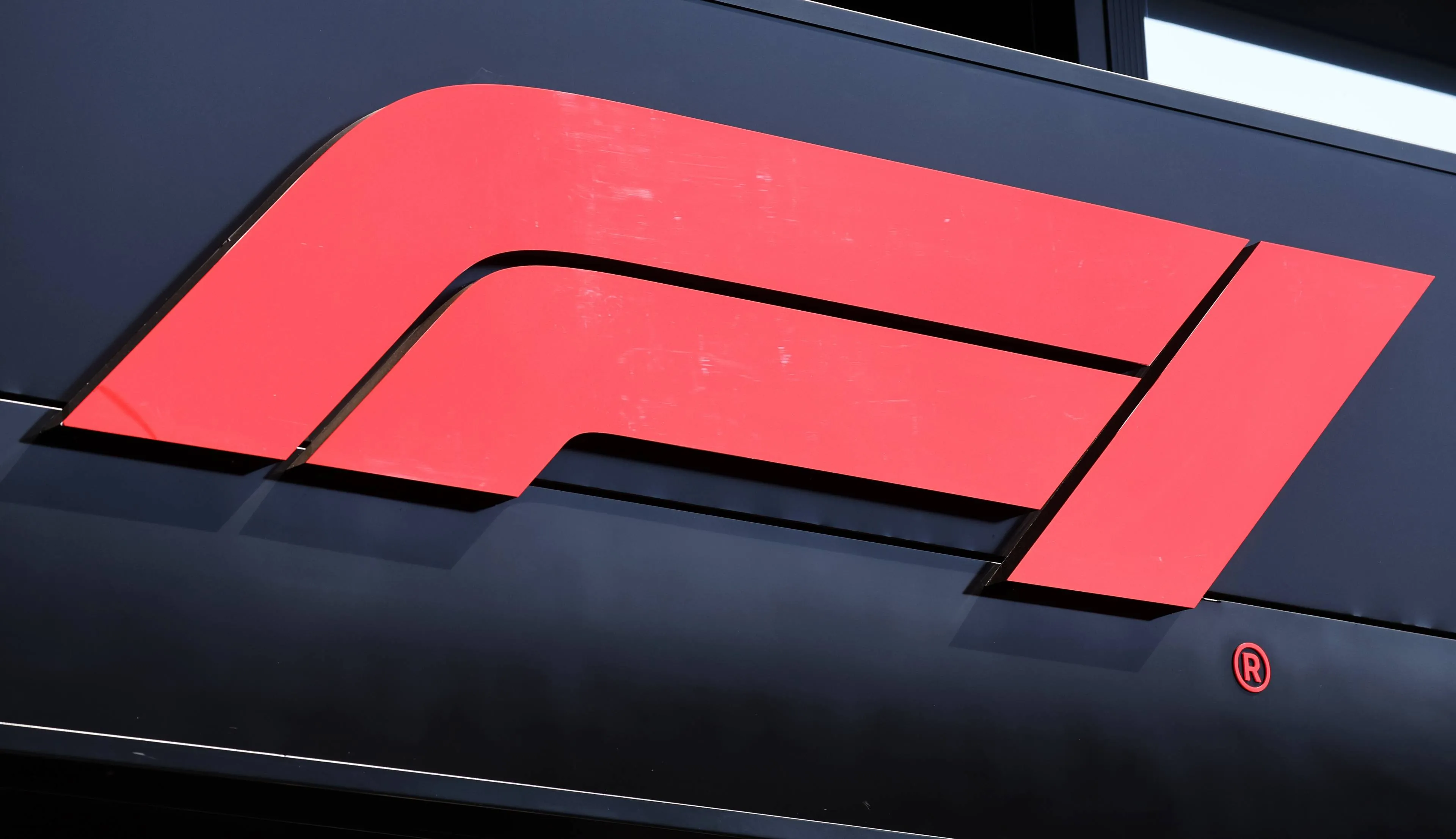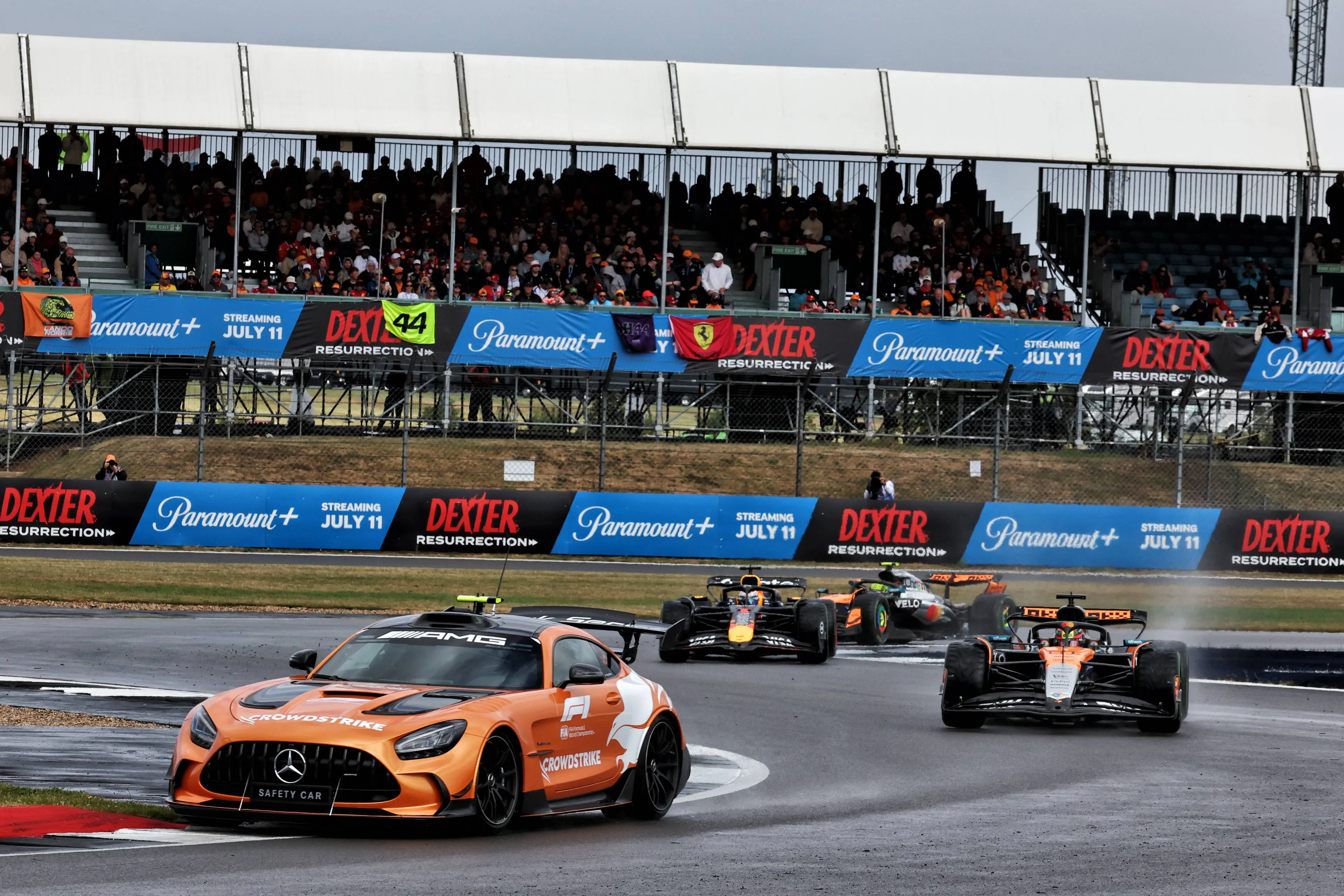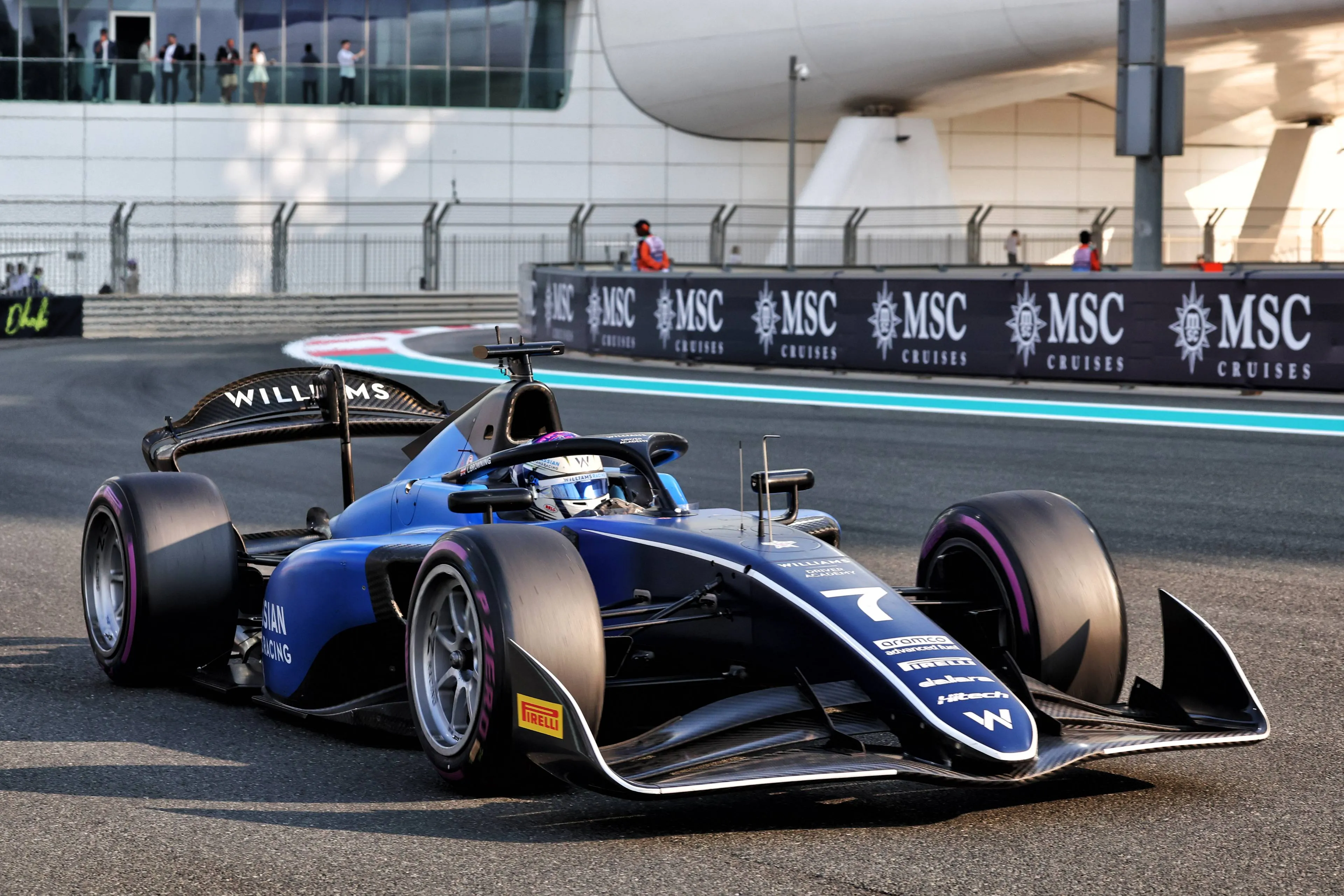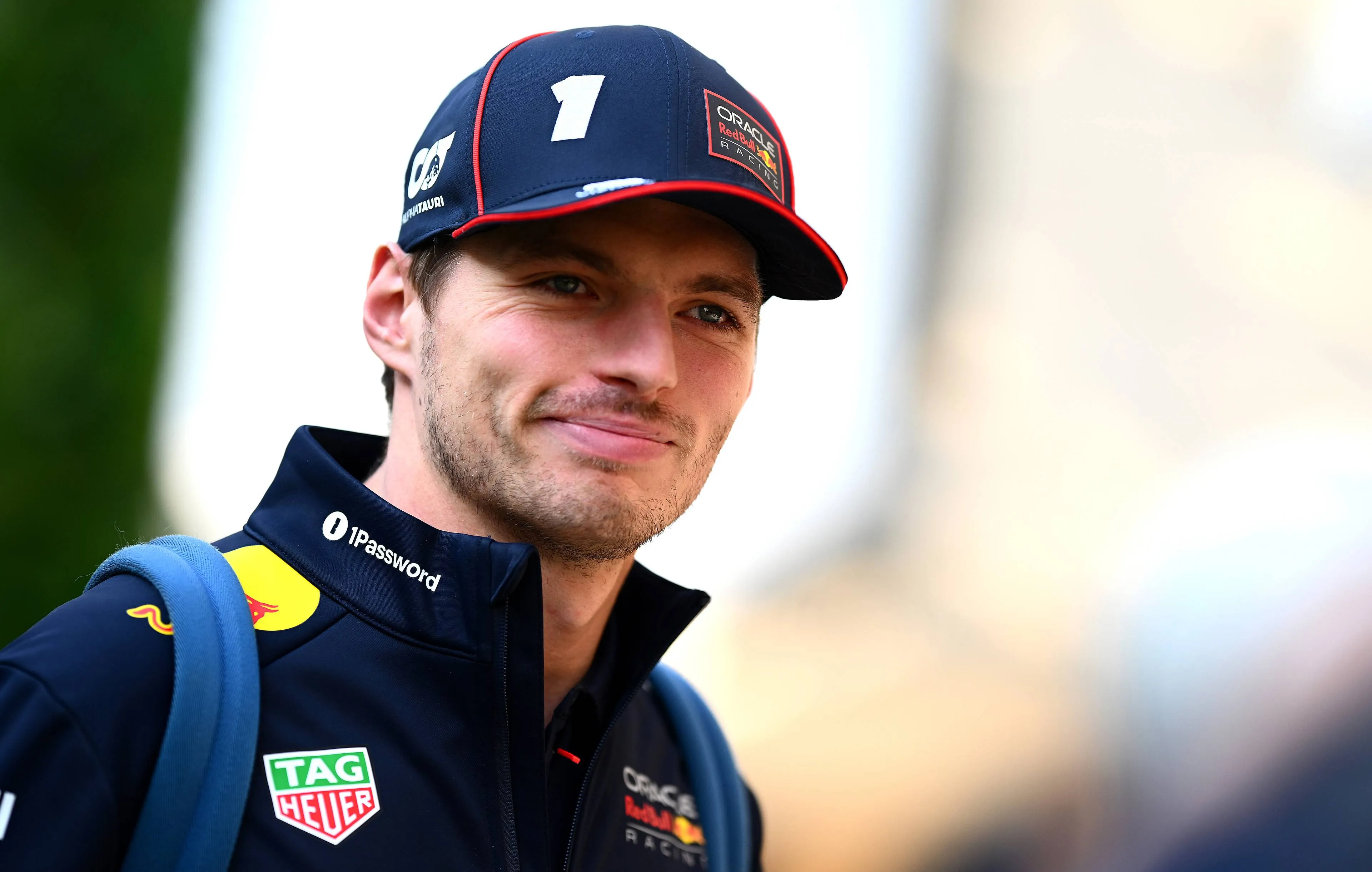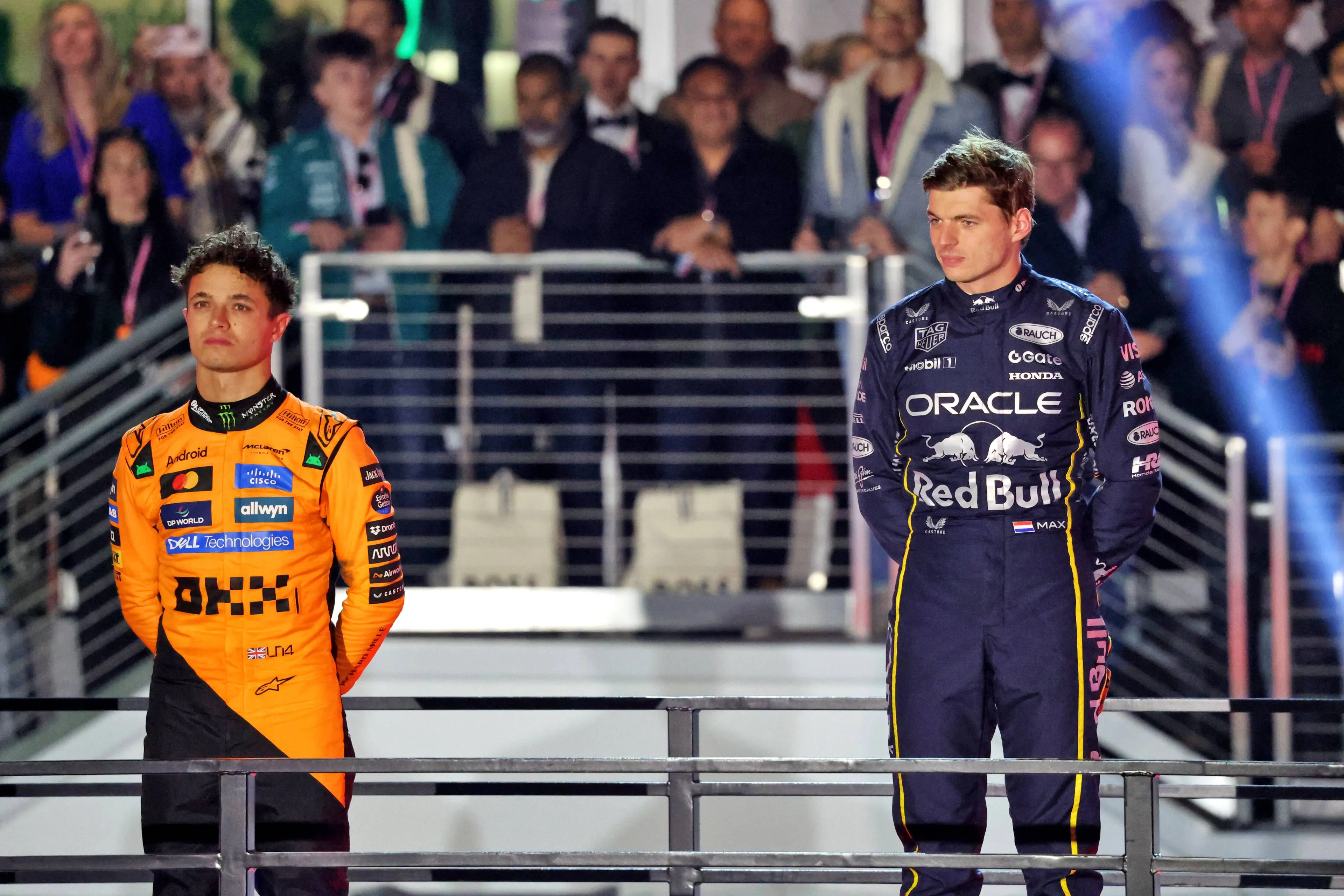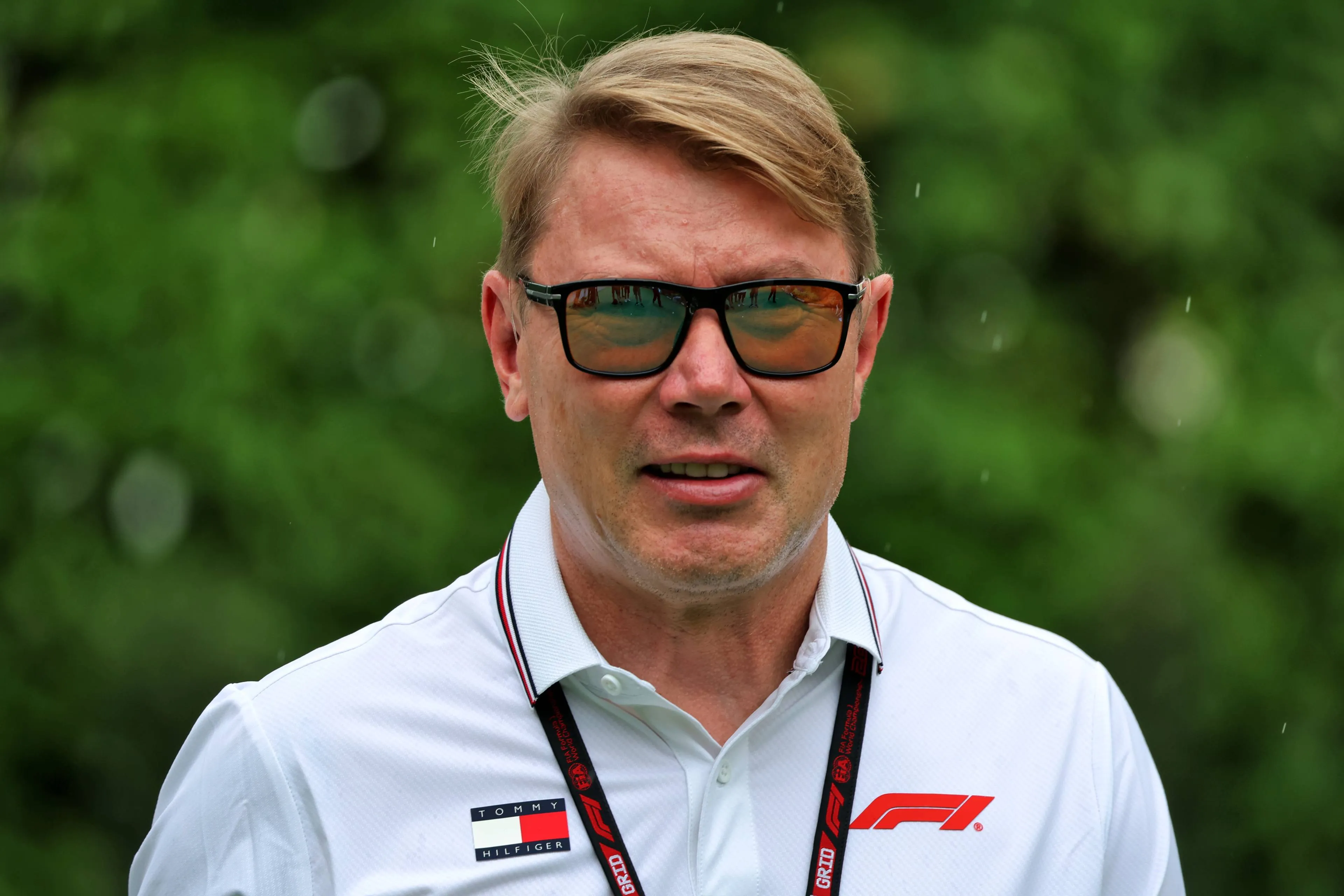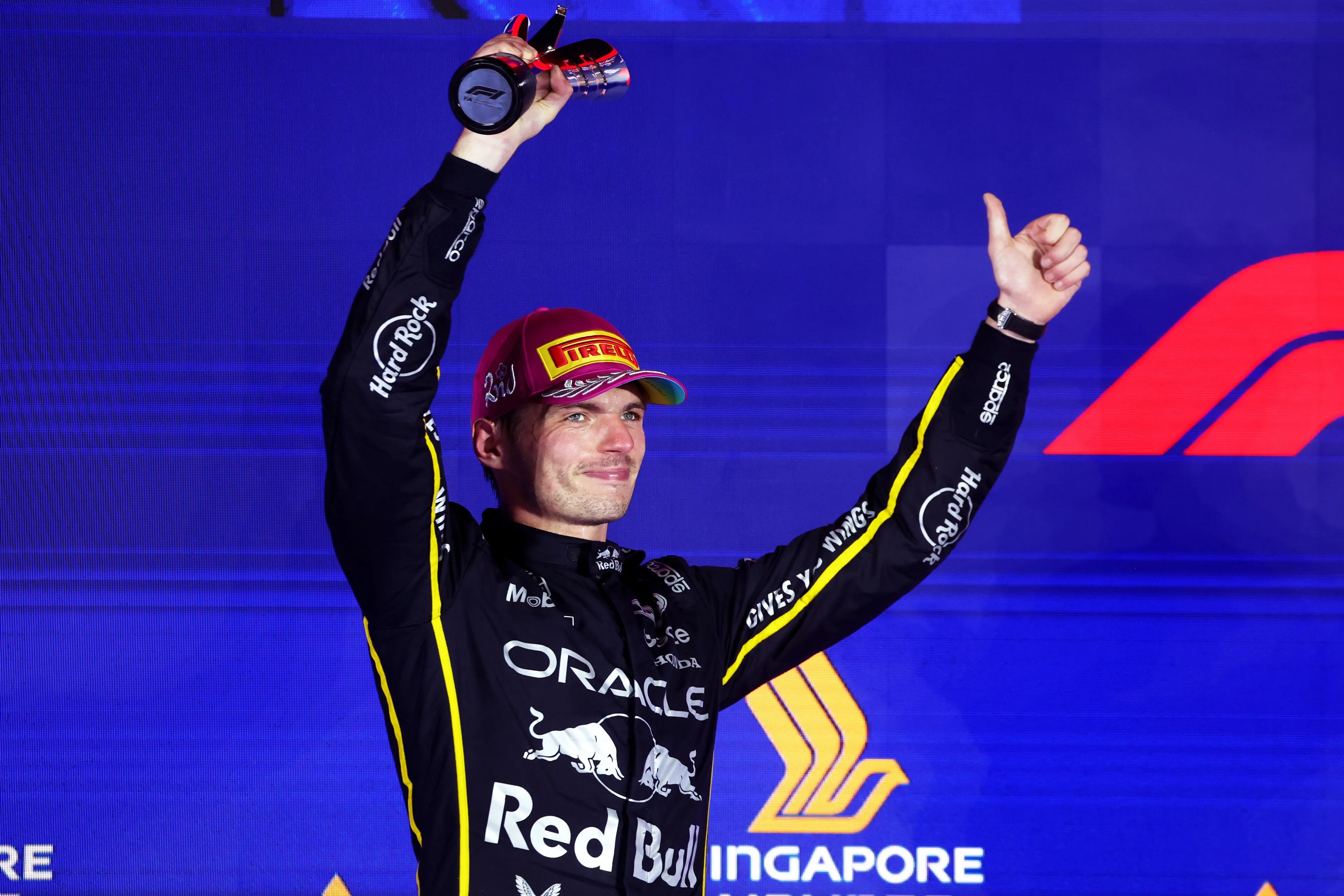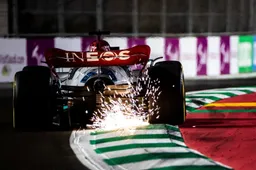The raft of changes brought to F1 at the beginning of this year has completely changed the sport in its identity. As a result of this, Formula One's phenomenon of "pay drivers" (racers who bring exorbitant financial backing to support their long-term stay in a team) may actually come to an end. We take a look at how and why this might be possible.
Budget cap
For the first time in F1 history, a major financial regulation has been exercised across all times. The implementation of the budget cap means that teams will not be able to expend more than a set amount, each season (barring driver and team leader salaries). With this, team budgeting has become a lot easier a clear target has been set for every season. Therefore, teams are now prioritising efficiency and quality, rather than quantity, as they aim to maximise the caps & climb up the grid as far as possible.
With this, F1 teams may not be too enthusiastic to hire “pay drivers” anymore. In the past, teams would employ the services of drivers who brought in a considerable amount of funds to help convince the team that their services were valuable, regardless of ability. With this new cost, cap teams are able to track and manage their inflows/outflows, and subsequently target their expenditure. Therefore, if teams realise that they have more than enough financial stability through sponsors, owners and championship winnings, teams may no longer be too interested in hiring such drivers.
New audiences
F1 has been experiencing year-on-year growth in their viewership base. As more of the world tunes in to the events every week, so too do the views of sponsors and business partners. With F1 and its teams now fully cognizant of its power in the corporate world, careful marketing strategies have been constructed. With each team cultivating their individual brand identity, sponsors now have a variety of teams to choose from and help emblazon their own identity on the machines. With this, comes more financial inflow for the teams as sponsorship payments, resulting in an overall boost of money available to spend. Therefore sponsors, if large amounts of money are brought, can cause a displacement of the “pay drivers” as teams find their own accounting more balanced.
A new era of F1
The demand for hearty and decisive midfield battlers has gone up with the introduction of the new cars. With the ability to follow the car in front much closer than what has been exhibited in the last decade, drivers are now relishing the new opportunity to close up and pull off daring passes and defend successfully against an opponent. With this, teams would likely want drivers with stronger racecraft, who are able to spot passes and make them stick when it matters most. As such, some teams may not be too interested in fielding drivers who bring large amounts of money. A movement up the constructor’s standings made by high finishing overtakes and powerful moves will be believed to reap more rewards, rather than the financial stability brought from a “pay driver”. However, some drivers can bring a blend of both financial support and proven racecraft, which would certainly satisfy the team’s needs on several levels.
Read more about:
Popular on GPBlog

1
Norris snubbed by King Charles as F1 champions' tradition broken
1586 times read
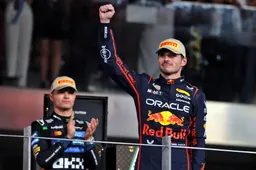
2
Verstappen crowned by fellow drivers despite missing out on title
1488 times read
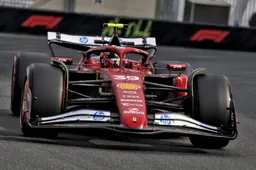
3
Ferrari lobbies and complains, but FIA refuses to budge after Red Bull's trick
1318 times read

4
Piastri taunted by British fans’ chant: 'You are just a s**t Lando Norris'
786 times read
Loading
